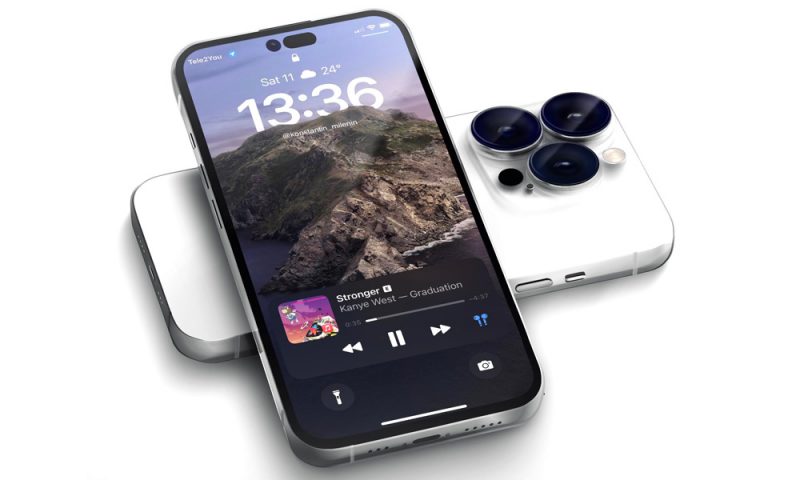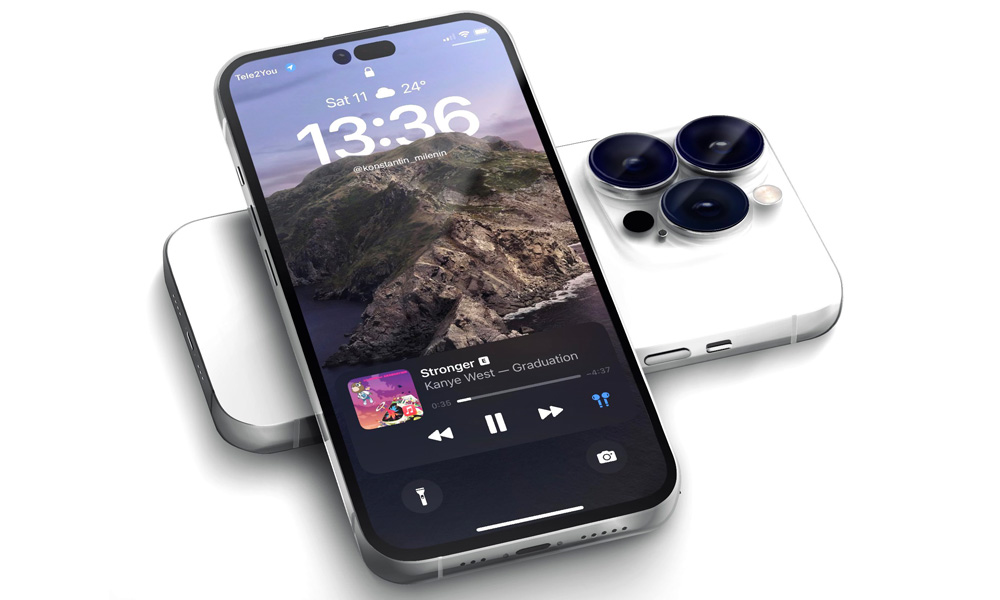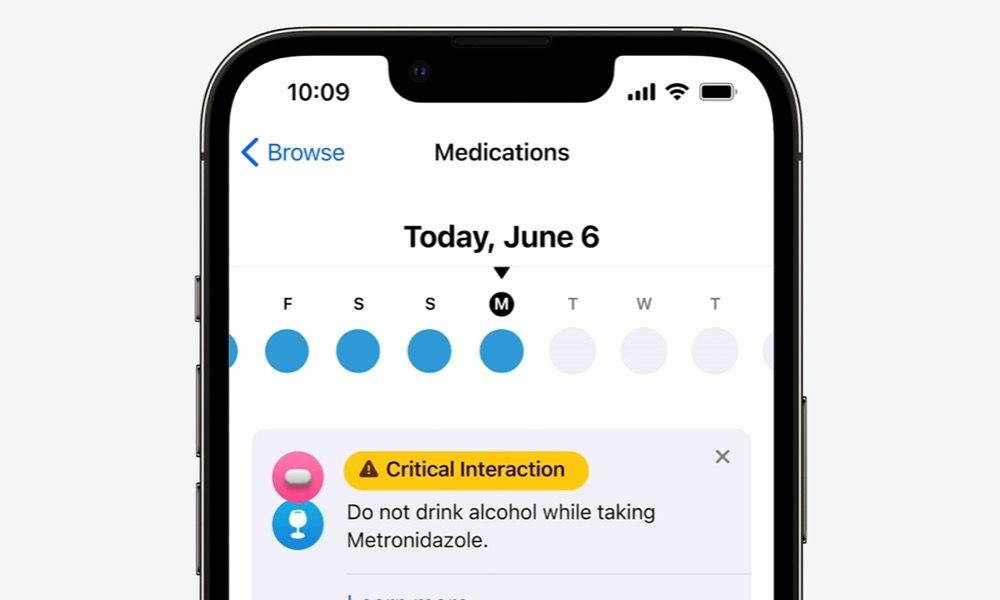Every Apple iPhone 15 Model Is Now Expected to Ditch Lightning for USB-C

 Credit: @mi_konstantin / Twitter
Credit: @mi_konstantin / Twitter
On June 7, European Union lawmakers agreed to adopt USB-C as the standard for charging ports in devices such as phones, tablets, and computers sold in the European Union. This agreement forces all manufacturers, including Apple, to use USB-C as the charging port in all of their devices sold starting in the fall of 2024. This means that Apple will no longer be allowed to sell an iPhone with a Lightning connector in any European country after March 21, 2024.
U.S. Senators Ed Markey, Elizabeth Warren, and Bernie Sanders are also pushing in the same direction, and it looks like we may soon see similar legislation in America. Although this will most likely depend on the results of the midterm elections, it wouldn’t make sense for Apple to sell USB-C iPhones in Europe and Lightning devices in the U.S., so the opinion of the U.S. Senate doesn’t matter. All iPhones will come with USB-C by 2024.
This is where it gets interesting. Apple’s original plan was to launch an iPhone without any ports before that date. Why? Because the company still wants to earn revenue from licensing fees, and the European Union can’t force Apple to launch an iPhone with a USB-C port if the iPhone has no ports at all. If the only way to charge and transfer data from an iPhone was MagSafe, Apple could make tons of money from MagSafe cables and licensing fees while avoiding European legislation. And why would Apple do that? Well, Apple charges third-party manufacturers $4 per Lightning cable sold. Think about how many third-party Lightning cables there are in the world. As you may have noticed, there’s a lot of money at stake here. Apple is not going to miss out just because the European Union has an agreement.
6 Apps Everyone Should Absolutely Have on Their iPhone & iPad – Number 1 is Our Favorite
The App Store has become completely oversaturated with all the same repetitive junk. Cut out the clutter: These are the only 6 iPhone apps you’ll ever need…Find Out More

However, things didn’t go as planned, and the Cupertino-based company’s engineers are working on launching the iPhone 15, iPhone 15 Max, iPhone 15 Pro, and iPhone 15 Pro Max with a USB Type-C port.
What Happened?
Unfortunately, the technology to bring a portless iPhone to market doesn’t currently meet Apple standards, and the company doesn’t want to risk issues that could lead to a hefty fee from the European Union.
As mentioned earlier, Apple’s original idea was to launch the iPhone 15 Pro and iPhone 15 Pro Max with a USB-C port, while the iPhone 15 and iPhone 15 Max would stay with Lightning for another year, but it seems the Cupertino-based company doesn’t want that inconsistency. It would also cause a lot of problems with customers trying to buy cables and other accessories.
I’m told that this scenario is no longer plausible, and we should see a transition from Lightning to USB-C in most Apple products, including the new AirPods, the $329 iPad, etc. It looks like Apple is moving away from Lightning, which I personally welcome.
Lightning is an outdated connector that offers no advantages. USB-C is better in every way. Apple has used the Lightning connector longer than it should have because it made the company a lot of money, but that will come to an end. I think we’ll end up seeing portless iPhones that only allow data transfers via MagSafe so that Apple can charge licensing fees again, but that’s another story. I’ll make sure to cover that topic in a future article.
Let me know what you think about this in the comments below. I hope you found this article helpful. As always, have a fantastic day.
[The information provided in this article has NOT been confirmed by Apple and may be speculation. Provided details may not be factual. Take all rumors, tech or otherwise, with a grain of salt.]







